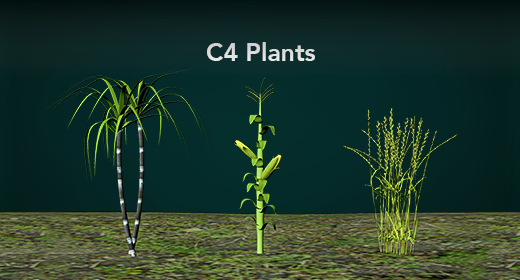Regeneration of ATP
Topic Description
Adenosine tri-phosphate, also known as ATP, is an important molecule found in all living cells. It provides the “energy currency” of the cell. Adenosine triphosphate is a complex
organic molecule that provides the energy for all of these processes. When a cell needs to use energy to accomplish a task, the ATP molecule provides that energy by splitting off
one of its three phosphates. That ATP has now become and ADP (Adenosine di-phosphate) + free floating phosphate. The energy that was holding that phosphate molecule is now
released and available to use as energy for the cell. In this way, the ATP molecule is just like a rechargeable battery. It can be used, then recharged, and used again repeatedly.
Here you are looking how hydrolysis happens in the ATP structure. Substrate level phosphorylation:In substrate level phosphorylation, ATP is formed when an enzyme
transfers a phosphate group from a substrate to ADP. The synthesis, or recharging of ATP, is done by the direct transfer of a phosphate group from a substrate, known as a
high energy intermediate, to a molecule of ADP. These kinds of substrate level phosphorylation usually occur in cytoplasm and mitochondrial matrix. It is happening in both
glycolysis (for synthesis of Pyruvate) and citric acid cycle. Reduction of Coenzymes like NAD and FAD taken place here. These reactions are catalyzed by kinases. These kinase
Bond ADP and inorganic phosphate to form the ATP. Finally, Four ATP molecules are formed in substrate level phosphorylation. Oxidative phosphorylation: Oxidative
phosphorylation is an indirect method of phosphorylation in which the energy liberated in the electron transport chain is used in generating ATP. ATP cycle ATP is continuously
converted to ADP as your cells do work. Fortunately, ATP is "recyclable." For example, ATP can be restored from ADP by adding a third phosphate group in the process of
Phosphorylation.












